- News
- Reviews
- Bikes
- Components
- Bar tape & grips
- Bottom brackets
- Brake & gear cables
- Brake & STI levers
- Brake pads & spares
- Brakes
- Cassettes & freewheels
- Chains
- Chainsets & chainrings
- Derailleurs - front
- Derailleurs - rear
- Forks
- Gear levers & shifters
- Groupsets
- Handlebars & extensions
- Headsets
- Hubs
- Inner tubes
- Pedals
- Quick releases & skewers
- Saddles
- Seatposts
- Stems
- Wheels
- Tyres
- Tubeless valves
- Accessories
- Accessories - misc
- Computer mounts
- Bags
- Bar ends
- Bike bags & cases
- Bottle cages
- Bottles
- Cameras
- Car racks
- Child seats
- Computers
- Glasses
- GPS units
- Helmets
- Lights - front
- Lights - rear
- Lights - sets
- Locks
- Mirrors
- Mudguards
- Racks
- Pumps & CO2 inflators
- Puncture kits
- Reflectives
- Smart watches
- Stands and racks
- Trailers
- Clothing
- Health, fitness and nutrition
- Tools and workshop
- Miscellaneous
- Buyers Guides
- Features
- Forum
- Recommends
- Podcast
news
First Ride: Enve SES 3.4 carbon fibre clincher wheels
Enve, maker of some of the most advanced and desirable carbon fibre wheels money can buy, has launched a new SES 3.4 carbon fibre clincher wheelset with a new moulded brake track, tubeless compatibility and increased rim width designed to work best with a 25mm tyre.
Introducing the new SES 3.4
The SES 3.4 is Enve’s top-selling wheel but as the sport and industry have advanced, Enve felt the time was right to update the wheelset to take into account the evolving trends, particularly a growing preference for wider tyres and tubeless technology. The new wheels are available in tubeless and tubular rim brake versions and tubeless for disc brakes. Regular clincher tyres can still be used on the tubeless rims.
The new wheelset fits into the US company’s large range as a lightweight climbing wheel for the mountains while still offering an aerodynamic advantage. A “climbing wheel with an aero advantage,” describes Enve. SES, in case you’re wondering, stands for Smart Enve Systems, named after the company's collaboration with highly renowned aerodynamic expert Simon Smart.
The new rims laced to Enve's own carbon fibre hubs weigh a claimed 1,331g.
25 is the new 23
Enve’s previous SES 3.4 rim was optimised around a 23mm tyre but the new model increases the width of the rim - it's now 21mm internally - to better accommodate the growing prevalence of 25mm tyres in the professional and amateur ranks.
It’s interesting to see how some technologies (disc brakes) face a lot of resistance but wider tyres is a change that has been rapidly embraced. That's largely down to the fact there’s plenty of sound research showing that wider tyres offer improved rolling resistance over narrower tyres, as well as increased comfort.
Just have a read of the feature below to learn more about the benefits of wide tyres.
- Why you need to switch to wider tyres
Tubeless-ready
As well as increased tyre width, there’s also a growing interest in ditching the inner tube and going tubeless. Maybe not in the pro ranks yet, but at least with regular cyclists who want to eliminate the risk of puncturing. I'm a big fan of tubeless. The new 3.4 is now tubeless-ready and you get all the kit, including valves with the wheels you need to go tubeless.
As well as the advantages of almost completely eliminated flats, some studies have shown tubeless tyres to offer lower rolling resistance than clincher tyres. The ability to run lower tyre pressures also boosts traction and comfort, a bonus on rough roads.
- Road tubeless: everything you need to know
Moulded brake track
Enve has incorporated its moulded brake track into the SES 3.4 wheelset. The textured surface offers a claimed 30% improvement in braking performance, with wet weather braking said to be equal to dry weather braking.
Because the brake track is produced during the same construction process of the rim, it’s said to be highly durable and won’t rub off or wear out. Enve has also employed a new laminate in the carbon construction that is more resistant to high temperatures than its previous rim which helps during sustained braking.
“That means a novice cyclist could drag their brakes down the Stelvio and they will not melt this rim. It will not delaminate, it will not deform,” explains Enve’s Ken Bloomer during a presentation of the new wheel. “We’ve had zero rim failures with this new laminate.”
New rim profile
A unique feature of Enve wheel design has been different profiles, both width and depth, on the front and rear wheels. Enve doesn’t believe front and rear rims should be identical because the wind flow and aerodynamic requirements are different at the front to the back. Enve has designed the shape and curve of the rim to work best with a wider tyre to improve the aerodynamic and rolling resistance performance.
For this reason, the curvature profile that Enve uses on the front and rear rims isn't the same. This is because they do different jobs, as Enve’s Ken Bloomer explains. “On a bike, you need stability at the front because the front wheel steers while the rear wheel is fixed, plus you have different wind angles at the front to the back,” he says. “At the front, you want stability, at the back pure aero performance. We’re talking minimal gains here, a couple of watts, but if you can give someone 2-3 watts, they’ll take it.”
The changes include the front rim being wider and deeper than the rear. The front rim is 38mm x 27.5mm and the rear is 42mm x 27.5mm, compared to the previous dimensions of 35mm x 26.5mm and 45mm x 24mm respectively. Both share the same 21mm internal width.
The obvious issue with increasing rim width is the increased frontal surface area, and Enve admits it has sacrificed pure aerodynamic performance by widening the front rim. But what it has lost in aero performance it has gained back with the superior rolling resistance of a wider tyre, so things effectively equal out compared to the previous version SES 3.4 wheelset.
First ride with the new SES 3.4 wheels
To put the new wheels through their paces, Enve flew a small group of cycling journalists out to Girona in Spain, a hub for international professional cyclists and surrounded by a mixture of flat and hilly roads and all sorts of road surfaces, from silky smoothness to potholed nastiness, to put the new wheels to test.
We rolled out from The Service Course, a new bike shop run by recently retired professional cyclist Christian Meyer (formerly of Orica-Greenedge) and navigated the narrow streets of the small town and rode out into the countryside to put the wheels through their paces.
The first thing that is immediately obvious about the wheels is just how direct and responsive they feel. They are sensitive to every input and this you notice when weaving through the busy streets but also once out onto the undulating roads.
Onto the climbs and the low weight is an obvious advantage, and out of the saddle, climbing reveals a very sprightly manner. There's no delay or lag, no hesitancy at all. On the flat roads, with some blustery wind, the wheels remained stable with no hint of wayward movement.
Are they fast? They certainly feel fast. Even though Enve admits they’re not as aero as its deeper section models, they don’t appear to be giving away too much in the speed department, even during a stint of motor pacing chasing a van on the run back into town after getting a flat tyre.
One benefit of the new wheels is a tubeless compatible rim design. We tested the wheels with Vittoria’s latest Corsa tyres, an impressive tyre in its own right with a very supple feel over the varied quality road surfaces, and plenty of grip.
I did experience a front wheel flat on the first day ride in the rain, but the generous coating of grit and small stones over the front tyre suggested something sharp must have penetrated the carcass. A few strokes of the pump and the tyre was good to ride and kept pressure for the remainder of the ride and into the following day.
Stop stopping
Unfortunately, it’s not always sunny in Spain, and the first day saw us riding in some horrendous torrential rain. While unpleasant to ride in, it did provide the perfect scenario to test the big Achilles heel of carbon rims: wet weather braking performance. Turns out braking in the wet is not only possible but highly impressive with the new SES 3.4s.
I'm not a huge fan of carbon for wet weather riding because the braking performance is often lacking, but the SES 3.4s delivered reassuringly consistent and reliable retardation even when the rain was bouncing off the road and riding through massive puddles deep enough to almost engulf the rims.
With carbon rim brakes there's usually a delay after pulling the brake lever before anything happens. Not so with the 3.4s. There's no delay from pulling the brake lever to the brake blocks applying pressure on the moulded brake track. It’s very reassuring. We climbed and descended some really good fun roads and I was able to approach the corners with a confidence I rarely experience with carbon clincher rims.
Granted there’s some decline in braking performance compared to dry weather braking, but it isn’t anywhere near as bad as most other carbon rims I've yet tried. I found them a revelation.
Better braking in the dry
The following day dawned dry and bright and we headed up into the hills once again, on an enjoyable road that dipped and rose through the woods, with sweeping bends and tight hairpins to test the wheels.
In the dry, the braking performance is nothing short of marvellous. There’s a good range of modulation with plenty of feel at the brake lever, making it easy to check your speed through a fast bend or throw out the anchor on a tighter-than-anticipated corner. One noticeable improvement brought by the new brake track is the reduced effort required at the brake lever.
One thing worth adding is that the braking is accompanied by an audible hissing sound, some way short of an annoying screech or howl. It’s something you quickly get used to and while not ideal, is clearly a side-effect of the moulded brake track. If that’s the small compromise for improved braking performance, I’m happy to take it.
First ride summary
Carbon fibre wheels often look the part and offer good aero performance but can be heavy or seriously deficient in the braking department. The Enve SES 3.4s offer storming performance with benchmark-setting braking, but the price is steep. I'll hold back my full assessment of the new wheels until I've got a pair to test on my own roads and rack up some miles, two rides really are no sufficient, but first impressions are good.
If you just want a good general purpose all-round wheel, that leans favourably to climbing, the SES 3.4 is a good choice. They strike a really nice balance between aerodynamics and weight and offer good versatility for hilly races or non-racing cyclists that want a wheel that is going to excel in as wide a range of scenarios as possible.
More time on familiar roads are going to be needed to form a full and final assessment on the new Enve SES 3.4 wheels, but I’ve come away impressed. I’m not the biggest fan of carbon fibre wheels but these have really changed my opinion, especially when it comes to wet weather braking.
The performance and price put the Enve SES 3.4 wheels squarely in the sights of other high-end carbon wheels, with the recently reviewed Zipp 202 NSW as a prime rival. The Zipp wheels are lighter a 1,375g but the rim width is narrower, just 16.25mm internally, and the braking performance in the wet of the Zipps, even with the new grooved brake track, simply isn’t in the same league as the Enve SES 3.4s.
We'll have a full review of the new SES 3.4 wheels soon once we've tested them on our own roads.
UK Pricing
SES 3.4 Clincher – Chris King Hubs: £3300
SES 3.4 Tubular – Chris King Hubs: £3100
The wheels are backed up with a 5 year warranty and lifetime crash replacement.
Photos © Augustus Farmer
David worked on the road.cc tech team from 2012-2020. Previously he was editor of Bikemagic.com and before that staff writer at RCUK. He's a seasoned cyclist of all disciplines, from road to mountain biking, touring to cyclo-cross, he only wishes he had time to ride them all. He's mildly competitive, though he'll never admit it, and is a frequent road racer but is too lazy to do really well. He currently resides in the Cotswolds, and you can now find him over on his own YouTube channel David Arthur - Just Ride Bikes.
Latest Comments
- Coolkitty 12 min 15 sec ago
Why do people go out and buy a vehicle that takes up the whole road but then wonder why there s problems?
- brooksby 32 min 27 sec ago
I'm not entirely sure that the Orange One understands that concept. Pretty sure that he thinks that "the truth" is whatever he says it is, at any...
- mdavidford 34 min 1 sec ago
His demo unit looks pretty scuffed up, which makes me wonder if it's flapping out and contacting the foot as it passes, which would seem to be......
- BikingBud 40 min 4 sec ago
I had not seen that before but reading it I was shouting that they have handed all the evidence to the prosecution to support the charge. Only to...
- Jem PT 50 min 12 sec ago
And possibly reclaim the VAT on the way back to the UK? At last - a Brexit benefit!
- Surreyrider 1 hour 41 min ago
All good then - go for it. Although maybe the reviewer should be including information like that as it's pretty basic stuff.
- The_Ewan 2 hours 21 min ago
People don't 'need' the big expensive cars either, but people like nice things....
- slc 3 hours 2 min ago
An excellent plan. In fact the Church Road site has parking spaces for rent from time to time, which are snapped up, though not quite as quickly as...
- Tom_77 3 hours 23 min ago
Eventually managed to get my hands on these, ordered from Cycling 2000 (looks like a few other UK shops also have them)....
- Tom_77 3 hours 33 min ago
My brother bought me this mug - no occasion, just "saw this and thought of you".



























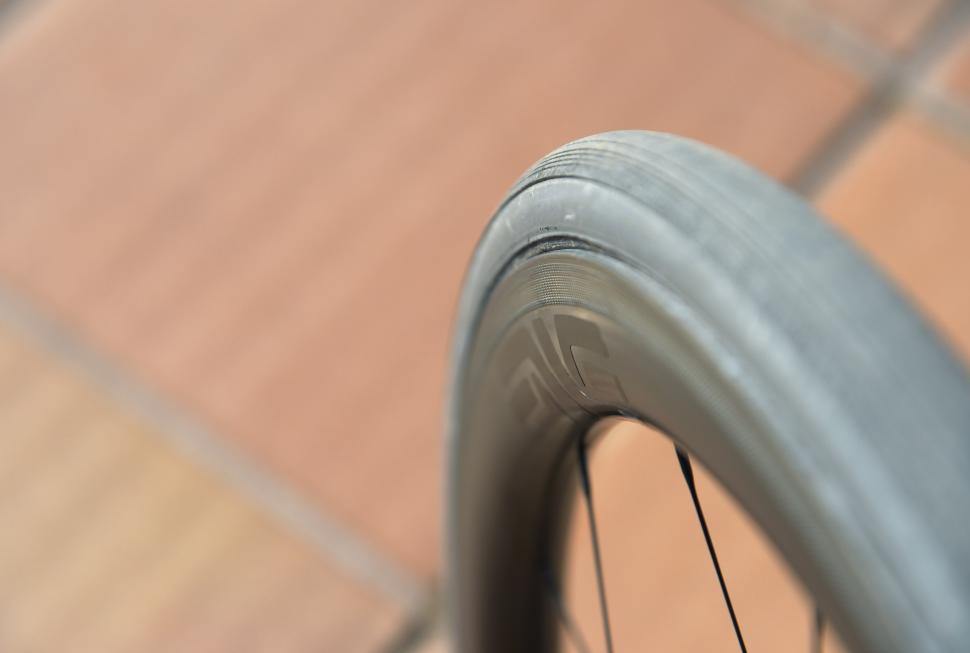
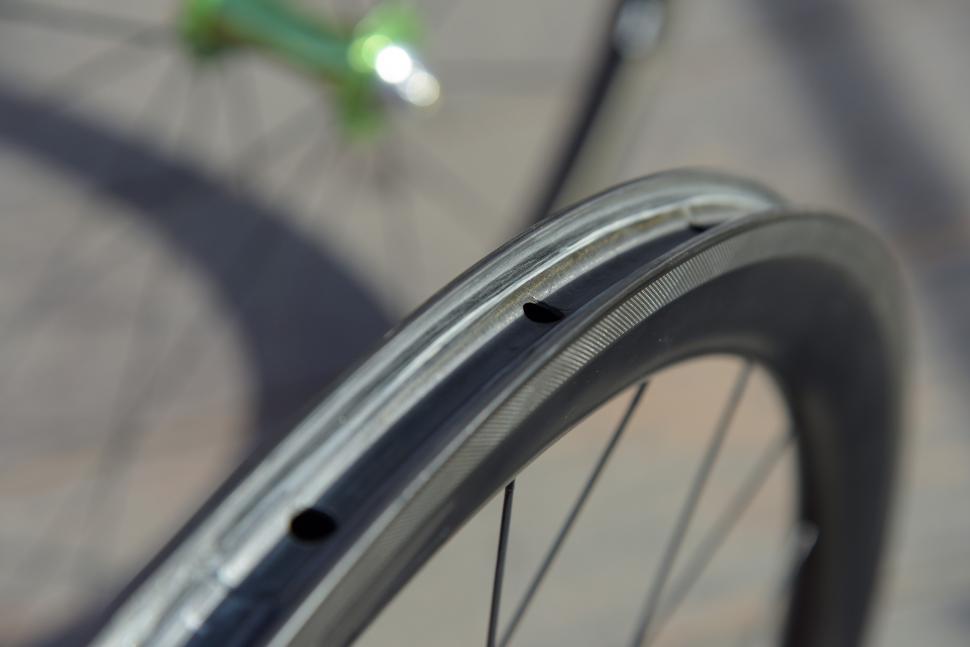



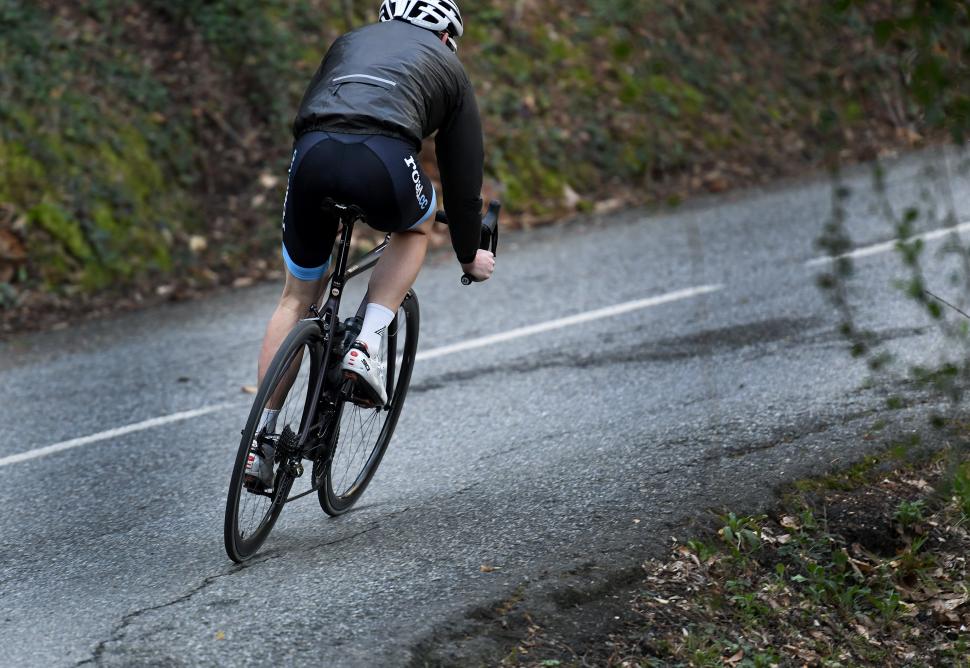
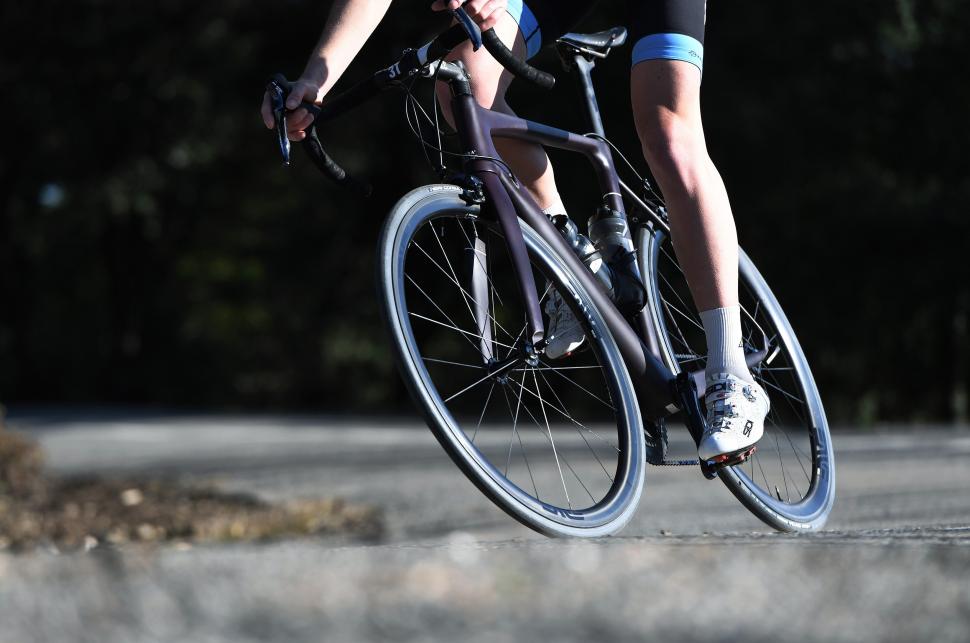
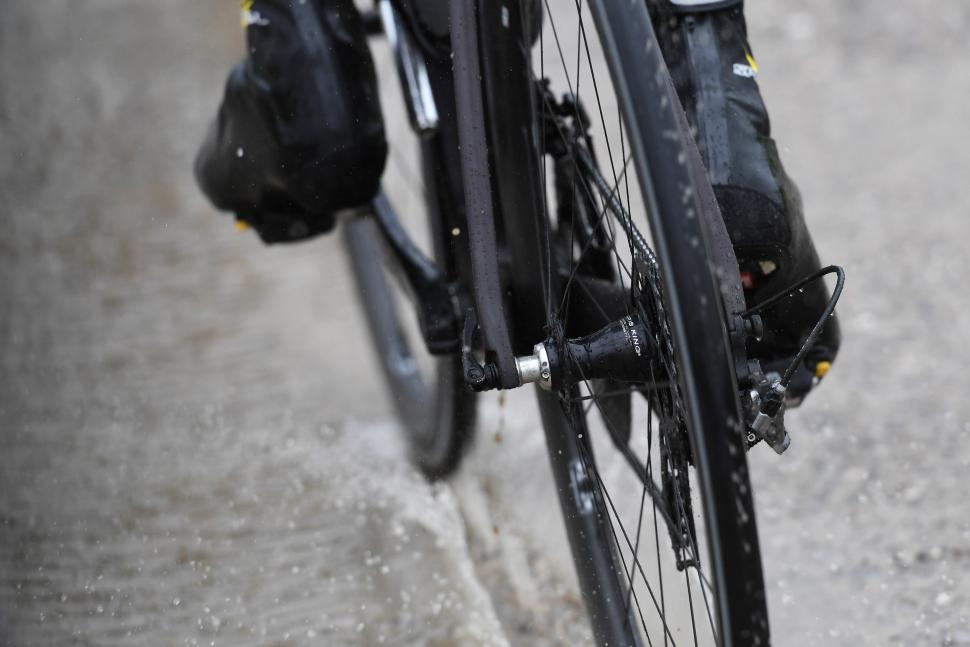
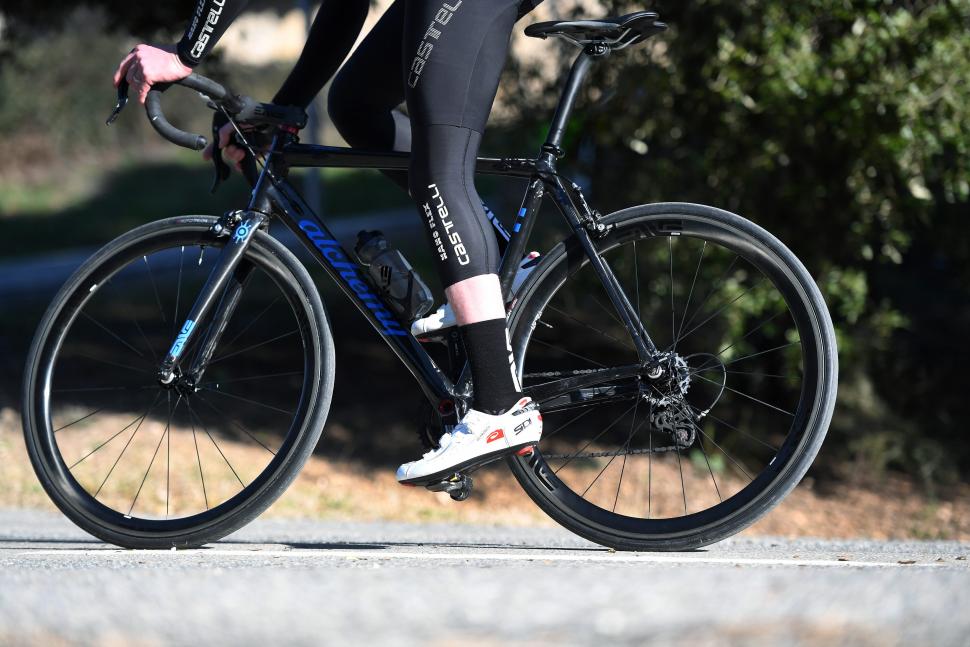
Add new comment
5 comments
bah humbug!
more than the cost of a small(ish) 2nd hand car, for 1.3kgs of plastic/metal. (or my best bike for that matter)
more money than sense....some folks...
I've long ago become slightly cynical about reviews of just about anything. Every incremental change is greeted with pretty much the same hyperbole as yet another new generation of journalists make the same discoveries as their counterparts of yesterday.
Really all I can glean from these reviews is "is it a pile of crap when new and shiny" and some nice pictures. Not to say that I don't buy stuff based on reviews and I have no problem paying top dollar for quality, but really my main criteria (assuming it is not declared to be a pile of crap based on the opinion of someone who tests a lot of whatever the review is about and genuinely knows more than I do about it) are:
1. Do I actually need / really really want it.
2. Does it look good.
3. Can I afford it or hide the cost from Mrs Mungecrundle.
Never on promised marginal gains that I will neither appreciate or need.
Oh fair Girona, one of my favourite riding spots.
I have a set of the 'original' brake tracked 4.5's and have had no issues with braking in the wet. I think Zipp's are just very over priced, I sold my 404's due to the amount of play in the hubs and lack of brake performance. I do realise Enve's are a little dearer, but imo, are worth the little bit extra.
$2900 for DT Swiss hubs. I can't believe the price. I've just ordered 60mm carbon wheels with DT Swiss hubs and sapin spokes for $700 dollars. In fact with the spare cash i saved i bought another cheaper set of carbon wheels for $ 500